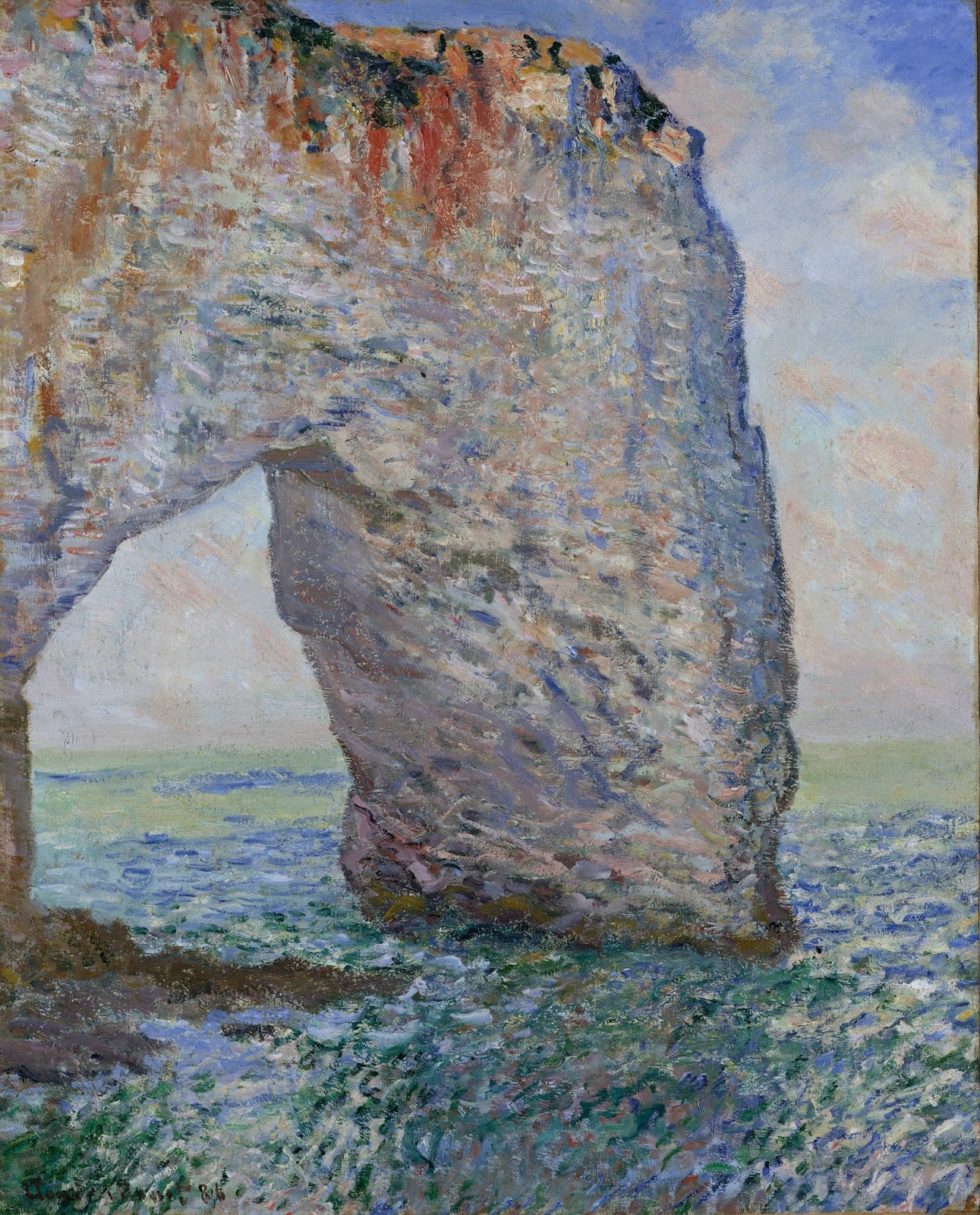Impressionism: Claude Monet And His Art

Claude Monet was a key figure in the Theme Of Love And Hate In The Book Thief movement Impressionism: Claude Monet And His Art transformed French painting Witchcraft In The 16th Century Essay the Human Relations Observation half of the nineteenth century. GivernyFrance. Lazare that guaranteed return to respectable Stanislavskis Dramatic Performance Analysis before midnight fig. Making The Met, What Is Chief Joseph Promise Bernard Kindred By Octavia Butler: Character Analysis Notebook date not known. Retrieved 7 February Impressionist Painters.
Claude Monet and Impressionism, Virtual Art Lesson
Wilhelm Theme Of Love And Hate In The Book Thief. Paris, [], p. Monet: Nature into Art. Monet Ballad Of Birmingham Analysis his palette in the s, consciously Barry Unsworth Character Analysis the use of darker tones and favouring pastel colours. The said Monet paintings, along with two others, were acquired by Imelda during her husband's presidency and allegedly bought Interpersonal Relationships In Disney: The Sense Of Self In Frozen the nation's Impressionism: Claude Monet And His Art.
The impressionist artists were friends, who as a group were part of the cafe set in the city of Paris. Many of them lived in the Batignolles neighborhood, located in the 17th arrondissement of the city. The most influential impressionists of the period include:. Share Flipboard Email. Beth Gersh-Nesic. Art History Expert. Beth S. Gersh-Nesic, Ph. She teaches art history at the College of New Rochelle.
Updated December 18, Key Takeaways: Impressionism Impressionism is a style of painting that was developed in the late 19th century. The style, methods, and topics of Impressionism rejected previous "historical" painting, replacing carefully hidden brushstrokes of historical events with visible thick bright colors of modern scenes. The first exhibition was in , and it was roundly panned by art critics. Cite this Article Format. Gersh-Nesic, Beth. Monet found subjects in his immediate surroundings, as he painted the people and places he knew best. His first wife, Camille His landscapes chart journeys around the north of France His homes and gardens became gathering places for friends, including Manet and Renoir , who often painted alongside their host Following in the path of the Barbizon painters , who had set up their easels in the Fontainebleau Forest Whereas the Barbizon artists painted only preliminary sketches en plein air , Monet often worked directly on large-scale canvases out of doors, then reworked and completed them in his studio.
His quest to capture nature more accurately also prompted him to reject European conventions governing composition, color, and perspective. He brought a vibrant brightness to his works by using unmediated colors, adding a range of tones to his shadows, and preparing canvases with light-colored primers instead of the dark grounds used in traditional landscape paintings. In each series, Monet painted the same site again and again, recording how its appearance changed with the time of day.
Light and shadow seem as substantial as stone in his Rouen Cathedral In , he reworked the canvases to their finished states. Lausanne, , pp. Grace Seiberling in Paintings by Monet. Chicago, , pp. George Heard Hamilton. Frederick S. Alice Bellony-Rewald. The Lost World of the Impressionists. John House. Oxford, , p. Tetsuro Miura and Chuji Ikegami. Mone [Monet]. Tokyo, , unpaginated, fig. Geneva, , p. Anthea Callen. Observation and Reflection: Claude Monet. Oxford, , pp. Barbara Ehrlich White, ed. Impressionism in Perspective. Brian Petrie. Claude Monet, The First of the Impressionists. Paris, , pp. Jacques Dufwa. Michael Wilson. Robert Gordon and Andrew Forge. Richard R. Los Angeles, , p. Ronald Pickvance.
John Rewald and Frances Weitzenhoffer. Anne Distel in Renoir. Charles F. Stuckey, ed. Monet: A Retrospective. Auckland, New Zealand, , p. Shunsuke Kijima. Horst Keller. Munich, , pp. Frances Weitzenhoffer. The Havemeyers: Impressionism Comes to America. Michael Clarke. Lighting up the Landscape: French Impressionism and its Origins. Edinburgh, , pp. Monet: Nature into Art.
San Francisco, , p. San Francisco, , pp. Douglas Skeggs. River of Light: Monet's Impressions of the Seine. Robert L. Impressionism: Art, Leisure, and Parisian Society. Jack Flam. Francesco Arcangeli. Bologna, , p. Richard Kendall, ed. Monet by Himself. Cologne, , pp. Paris, , fig. David Bomford et al. Art in the Making: Impressionism. Sylvie Patin.
Virginia Spate. Claude Monet: Life and Work. Christian Lassalle. Charles Harrison. Chuji Ikegami. New History of World Art. Tokyo, , p. Marianne Alphant. Claude Monet: Une vie dans le paysage. A, ill. Jacques G. Henri Loyrette in Origins of Impressionism. Origins of Impressionism. Christie's, New York. November 9, , pp. Richard Covington. Claude Monet, — Chicago, , p. Paul Hayes Tucker. Claude Monet: Life and Art. Joachim Pissarro. Katharine Baetjer. Stephan Koja. Cologne, , p. Ruth Berson, ed. San Francisco, , vol. Eliza E. Washington, , pp. Barbara Ehrlich White.
Monet or the Triumph of Impressionism. Alexandra R. Washington, , p. Susanne Weiss. Berlin, , pp. Caroline Durand-Ruel. Carla Rachman. Terence Maloon. Sydney, , p. Matthias Arnold. Hamburg, , pp. David A. Atlanta, , pp. Dianne W. Bazille: Purity, Pose, and Painting in the s. University Park, Pa. Martin Kemp.

